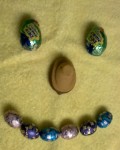5 great Easter family activities - cheap and fun!
Family fun
Easter is a fantastic time.
Not only is it the most important Christian religious festival, Spring brings such a feeling of hope and optimism.
The days are getting longer (particularly important if you live in Northern climes where the days are very short and the nights very long and dark in the Winter) and everything is just beginning to awaken.
The grass is beginning to grow again, birds are out and about, flowers are poking their heads through, new animals are being born, and the sun is beginning to have some actual warmth in it for the first time for months.
And it’s some great time off to spend with the family.
In the UK, Good Friday and Easter Monday are both Bank Holidays or Public Holidays and Maundy Thursday is not a very serious work day – a lot of people either won’t work on that day or will only work a half day.
It just means it’s a great chunk of time for a family to spend together.
In these tight financial times, we don’t want to be spending too much money to have fun, and it's not necessary, either. There are lots of great family activities which won't break the bank.
Making Easter Cards
Making Easter cards is a great family activity. It's one that suits children of very different ages, as they can use quite different skill sets and all still enjoy themselves.
I have been making Easter cards with my son, Isaac, over the past few days. It’s easy and cheap to buy appropriate pre-folded cards, but that isn’t essential, as you can always just buy cardboard and fold your own.
If you want to take it more seriously, you can buy little cut out things to stick on cards and make little collages.
Or if you’re a painting or drawing genius, you can produce your own little masterpieces.
If, however, you’re an enthusiastic 3 year old, you can just have great fun drawing pictures for your relatives and encouraging Mummy to help out.
- Free downloadable and printable cards, pictures and snippets
Here you can download, print and use various pictures, cards, and messages. Some are blank for children to colour, some small ones can be cut out and used on Easter Cards. There are also scrapbook and calendar options.
painting Easter Eggs
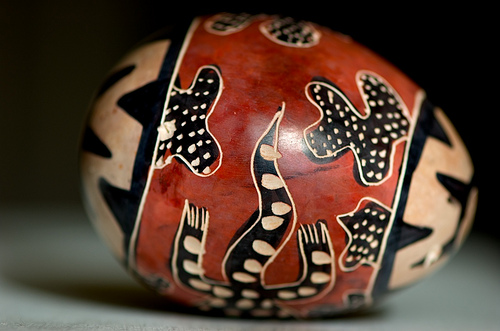
Colouring Easter Eggs with natural dyes - fascinating video
Decorating eggs for Easter
Decorating eggs for Easter is another fantastic activity which is suitable for children of all ages. We did this quite a lot as a child, and my sisters, brother and I all really enjoyed it.
Raw eggs are not a great idea for this activity. They can break, scattering raw egg everywhere (nice!) and they can also go off.
There are two options - either you can blow the eggs, which means you have an empty shell left, or you can hard-boil them.
The advantage of hard-boiled eggs is that they are tougher, so stand up better to being decorated by young children. And, of course, at Easter, they can be eaten!
If you are intending to keep the eggs longer, hard-boiled eggs do go off in the end, so those with long-term artistic ambitions should blow rather than boil.
You can blow the eggs, either before or after they are decorated. If you blow them before, there’s always the risk of breaking it while you’re decorating it, if you aren’t careful.
If you blow it afterwards, you could have a fully formed masterpiece, that cracks while blowing.
My advice is that if you have older children who understands it delicate, to blow it first. If you have a young and enthusiastic 3 year old, as I do, it might be wise to let him have a several goes and blow all of those afterwards.
My sister, as an adult, still produces the most absolutely gorgeous decorated eggs for Easter, finely painted, and absolutely amazing.
Below are some links to guides for dying, blowing, decorating and enjoying Easter egg painting.
- Naturally Dyed Easter Eggs
This article accompanies the video above about making natural dyes from various foods to colour Easter Eggs. It's a fascinating and detailed "how-to" guide for organic, natural food dyes from cabbage, beetroot, grapes, and many others. - Painted Easter Eggs in the Romanian tradition
This article explains the history and practice of painting hard-boiled or blown eggs. - A great link to different egg decorating tips for children
A useful guide to several different ways of painting, dying, and decorating eggs, appropriate to several different age groups.
A "how-to" video guide to arranging an Easter egg hunt
Easter treasure hunt
Treasure hunts on Easter Sunday are always fantastic fun.
For younger children, it can be a simple as roaring round the garden looking for hidden Easter eggs.
For older children, and for adults who are in touch with their inner child and not stuffy, you can have more elaborate treasure hunts with clues that need to be solved in order to follow the next on.
We have a family treasure hunt on Easter Sunday, with a few chocolate eggs scattered around for Isaac to find, and increasingly elaborate puns and anagrams for the rest of us to be frustrated by.
It’s fantastic fun, as a family activity, and causes a lot of good natured arguing and enjoyment.
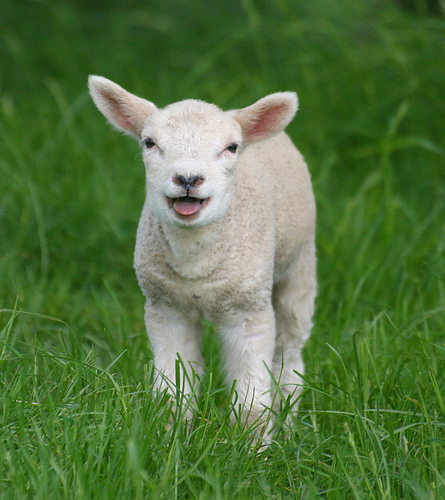
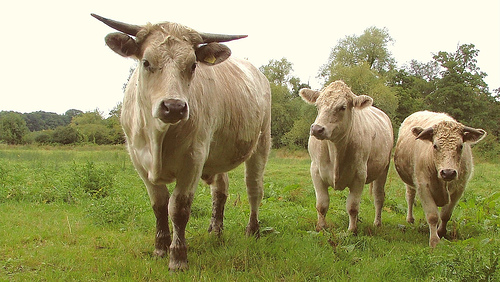
visiting a child-friendly farm
One of my favourite memories as a child at Easter time was visiting a farm.
A lot of farms are now actively encouraging visitors, as a sideline to make some extra money.
My Dad took my sisters and me to a mixed use farm, and we got to see apple blossom in the orchard, and new born lambs with their mothers in a protected field near the farmhouse.
It was an absolutely magical experience, and my Dad added to it by quoting various appropriate poetry such as, “oh to be in England now that April’s here” and poems such as, “little lamb, God bless thee”.
My son loved a visit to a farm just after Easter last year, and got to feed an abandoned lamb with a baby bottle, which he adored.
Bluebells in the woods
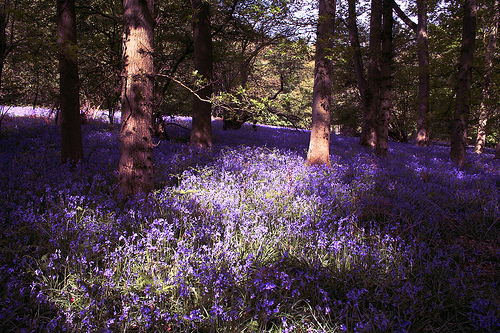
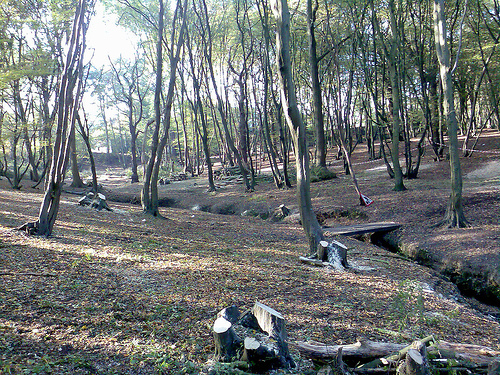
Girl and dog in bluebell woods
A coppicing workshop - how, why, and when to coppice a wood
collecting spring flowers
If the weather’s good, and here’s hoping it is, it’s great to go for a country walk and look and identify the Spring flowers which are coming. It helps to orientate children to the seasons, and helps to identify the world around them.
Near my parents’ house in Kent, where we spend Easter, there is a coppiced woodland.
Woods which are coppiced means that every few years the main trunk is cut down, to encourage the tree to grow several smaller shoots. Traditionally, these grew fast and could be used for fence posts, fuel, or other similar items.
Coppiced woodlands have a great advantage in terms of wildlife, as the canopy is less thick and more sunlight is allowed through. This leads to Kent’s famous bluebell woods, and my parents’ wood is particularly good in the bluebell sense.
On visiting the wood at the appropriate time of year, there is a carpet of bluebells as far as the eye can see, and I greatly look forward to sharing this with Isaac this Easter.
- scientific research on coppicing
A paper detailing research into the benefits of coppicing for the soil, plant life, and wildlife in a wood.



